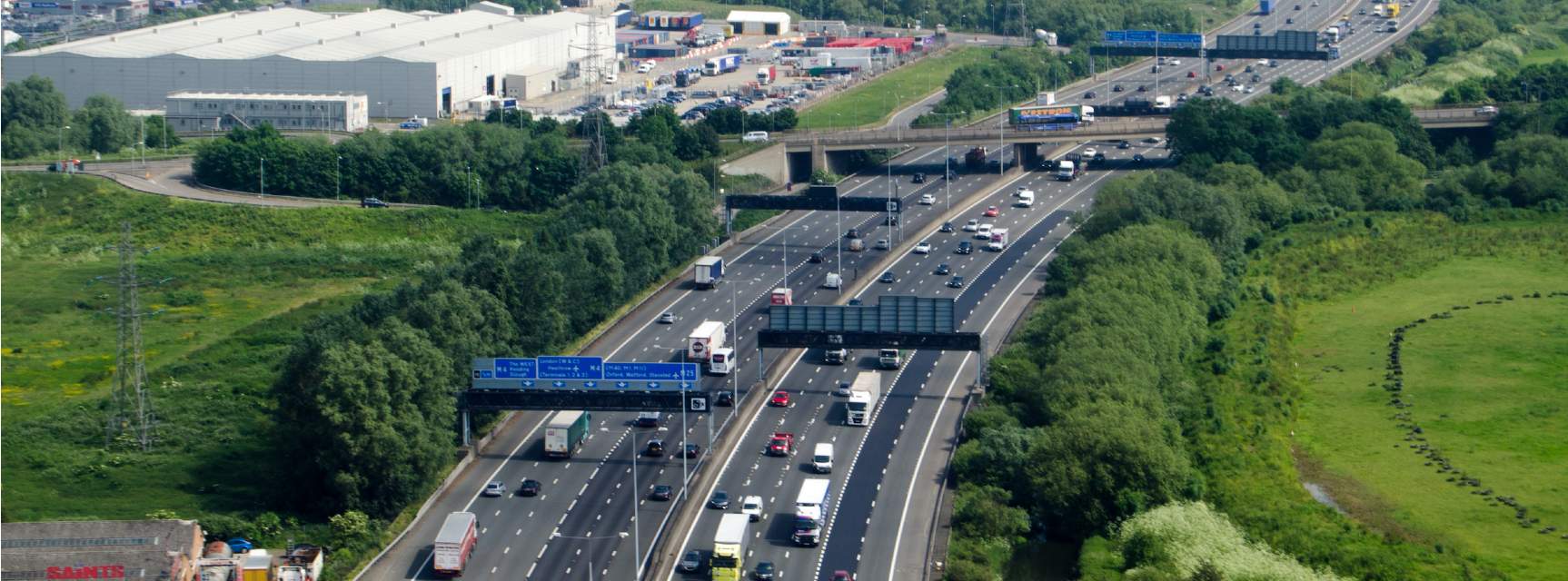It is widely acknowledged that perceptions of the Industrial and Logistics (I&L) sector are changing, partly due to its growing importance in everyday life.
I&L is a major contributor to the national economy, employing roughly 3.4 million people in England and generating £268 billion of GVA per annum.
Within London and the South East, where land supply constraints are considerable, the I&L sector supports circa 814,000 jobs and contributes circa £58 billion to the economy. Across the South East alone, Savills estimates that future demand will be at least 24 per cent higher than historic levels, equating to a minimum of 5 million sq ft per annum if sufficient land is provided to match the sector’s demand. How the planning system caters for this is critical to the industry’s ability to meet anticipated demand and help bolster the UK economy.
National planning policy requires Local Plans to make sufficient provision for employment and commercial development. It also requires policies to recognise and address the locational requirements of different sectors and to provide suitable provision for ‘storage and distribution operations at a variety of scales and in suitably accessible locations’.
When it comes to I&L development in London and the South East we’ve seen suppressed demand for space over a number of years and there is now a significant supply and demand imbalance.
It is imperative that local planning authorities (LPAs) bringing forward new policy frameworks must accurately forecast future demand and allocate sufficient employment land. If not, the issue of suppressed demand will only worsen. However, at this stage we are witnessing neither the level of ambition nor the accurate methodologies for forecast modelling that are required.
This situation is explained in part by the methodologies for forecasting employment land within emerging policy frameworks. In order to robustly assess future land requirements there is a need to change the primary reliance on projecting forward historic employment trends.
Current evidence bases were mostly prepared pre-Brexit and before the Covid-19 pandemic and there has been a sea change affecting the I&L sector including, among other things, through the growth of online retailing, housing growth, increased freight volumes, reshoring/near-shoring, and consumer expectations for same-day or next-day delivery.
This, coupled with the loss of employment land within London, provides a clear backdrop for LPAs in the South East to be significantly more ambitious about identifying additional land for employment development. If this increasing demand is not addressed, LPAs will not realise their full economic potential.
As a practical example, in South West Hertfordshire, Watford Borough Council, St Albans City and District Council, Three Rivers District Council, Hertsmere Borough Council and Dacorum Borough Council have joined forces to prepare the Joint Strategic Plan to provide a strategic vision and policies for the area to 2050. This will include strategic policies on employment development and provides an opportunity to take a robust approach to employment land requirements.
A significant proportion of land outside the M25 is designated as Green Belt and on a national scale, 52 per cent of land within two miles of motorway junctions is classified as Green Belt. To help resolve the suppressed demand situation facing the I&L sector, LPAs need to address the sensitive prospect of potential Green Belt release.
It is recognised that as part of this process local authorities will be required to examine all other reasonable options including redeveloping brownfield land, increasing the density of existing settlements and exploring potential for neighbouring authorities to help meet development needs.
However, given the locational and operational requirements of the industrial and logistics sector, developing sites in urban areas is challenging owing to land values and the consideration of impacts on amenity, transport and air quality among other issues.
Between 2019 and 2022 over 660 hectares of employment development has been allowed at appeal, with a significant proportion of this land being within the Green Belt. In the context of the decisions being issued by the Planning Inspectorate and the strong demand for the sector, Green Belt reviews should start to meaningfully consider the release of land for development where these sites would otherwise be appropriate locations.
In our view, LPAs in London and the South East should be significantly more ambitious in decision-making and preparing emerging Local Plan documents to respond to identified needs on sites with access to the strategic motorway network. Given the contribution of the sector to the economy, they should be capitalising on their locational advantages to maximise economic growth.










.jpg)